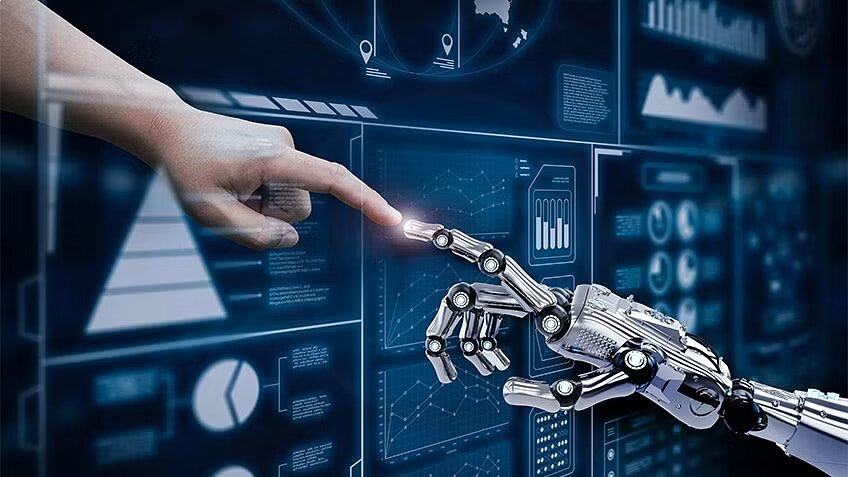In the realm of innovation and technological advancement, Machine learning has emerged as a catalyst, reshaping the way we perceive creativity. The once-held notion that creativity is an exclusively human attribute has been challenged by AI’s ability to generate art, music, literature, and even scientific discoveries. The intersection of AI and creativity has sparked a vibrant debate, exploring the boundaries of what constitutes creativity and the role of machines in this inherently human domain.
Redefining Creativity
Traditionally, creativity has been associated with the human capacity to generate novel ideas, artistic expressions, and innovative solutions by drawing on emotions, experiences, and abstract thinking. However, AI’s foray into creative pursuits has blurred these lines. Machine learning algorithms, fed with vast datasets, can now produce artworks, compose music, and write stories that mimic human creations to an astonishing degree.
The Collaborative Duo: Humans and AI
Rather than replacing human creativity, AI often complements and extends it. Collaborations between human creators and AI systems have led to groundbreaking outcomes. Artists use AI to explore new techniques and perspectives, while scientists harness its power to analyze data and propose hypotheses. This synergy between human intuition and machine precision has paved the way for innovative breakthroughs across various domains.
Ethical and Philosophical Implications
The integration of AI in creative processes raises pertinent ethical questions. Who owns the creations generated by AI? Does AI possess consciousness or emotions akin to human creators? The very act of attributing creativity to AI prompts us to reevaluate our understanding of what it means to be creative and challenges our moral compass concerning authorship and originality.
Pushing the Limits: Limitations and Potential
Despite AI’s advancements, limitations persist. AI lacks human-like intuition, emotional depth, and contextual understanding. The inherent unpredictability and spontaneity of human creativity remain elusive to machines. However, as AI continues to evolve, its potential to simulate human-like creativity grows, presenting a future where machines might bridge these gaps further.
Unlocking New Frontiers
The fusion of AI and creativity opens doors to uncharted territories. From aiding artists in pushing the boundaries of their imagination to assisting scientists in unraveling complex problems, AI serves as a tool for amplifying human potential. Moreover, its ability to process vast amounts of data and recognize patterns allows for the exploration of unconventional ideas, fostering innovation and discovery.
Cultivating Ethical AI-driven Creativity
To harness the benefits of AI-driven creativity ethically, it’s imperative to prioritize transparency, accountability, and ethical guidelines in its development and utilization. Safeguards must be in place to protect against biases encoded in datasets and to ensure that AI-generated content respects intellectual property rights.
The evolving relationship between AI and creativity is a testament to the transformative power of technology. While AI pushes the boundaries of what machines can achieve creatively, it also redefines our perception of human creativity. The synergy between human ingenuity and AI capabilities heralds an era of innovation and exploration, challenging us to embrace a future where the boundaries between human and machine creativity continue to blur.
As we navigate this landscape, understanding the nuances and implications of AI’s role in creativity will not only shape technological advancements but also redefine our own understanding of what it means to create.
